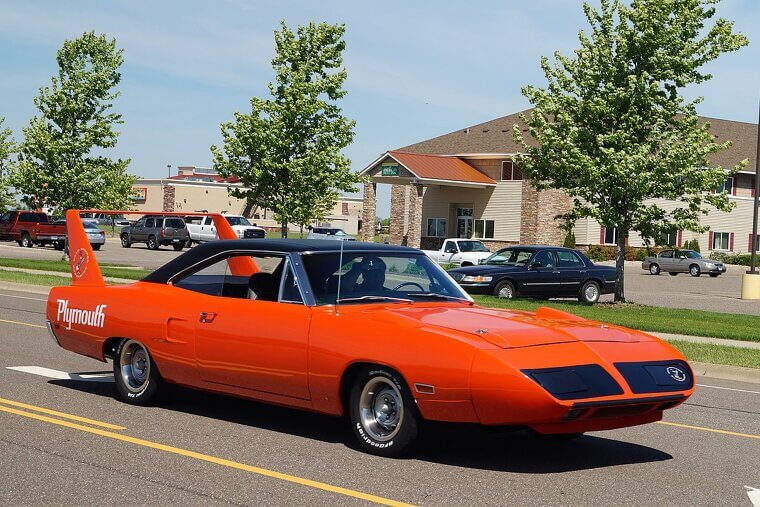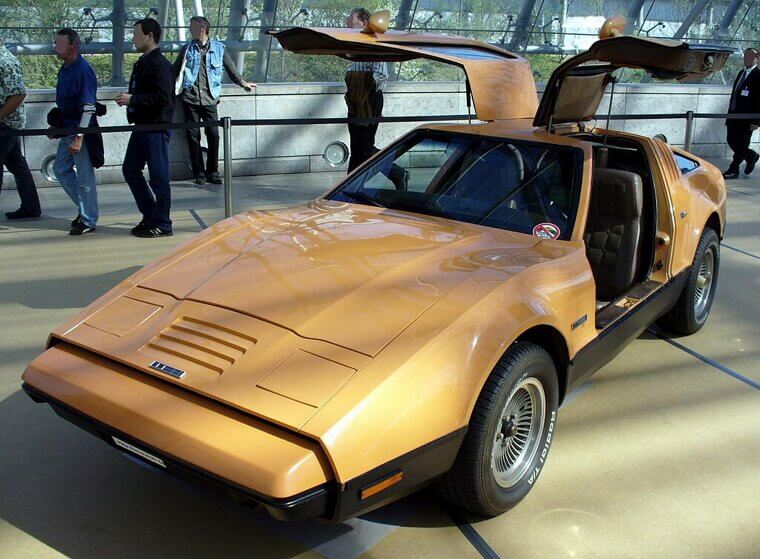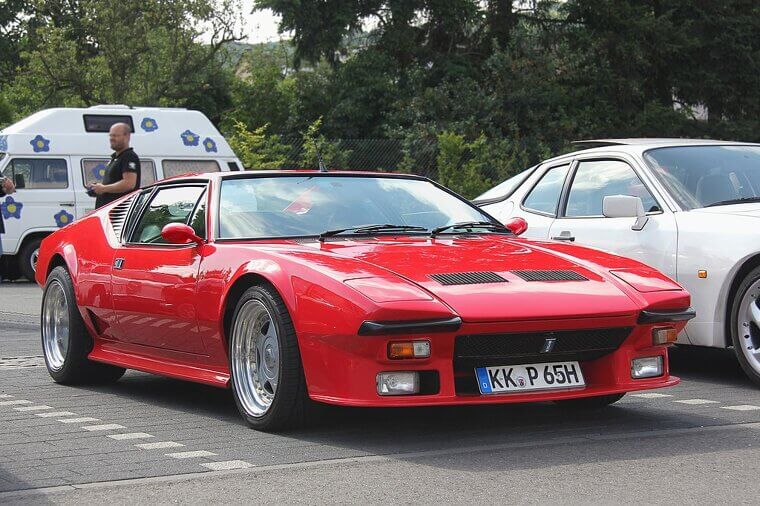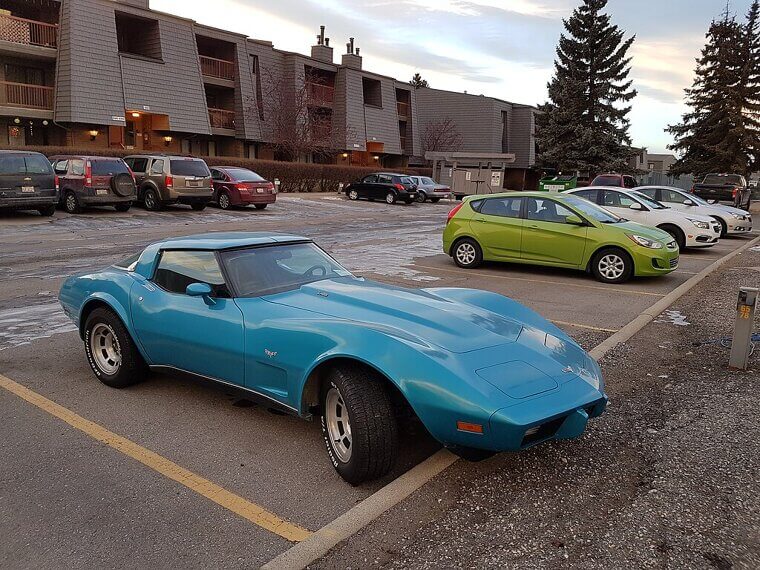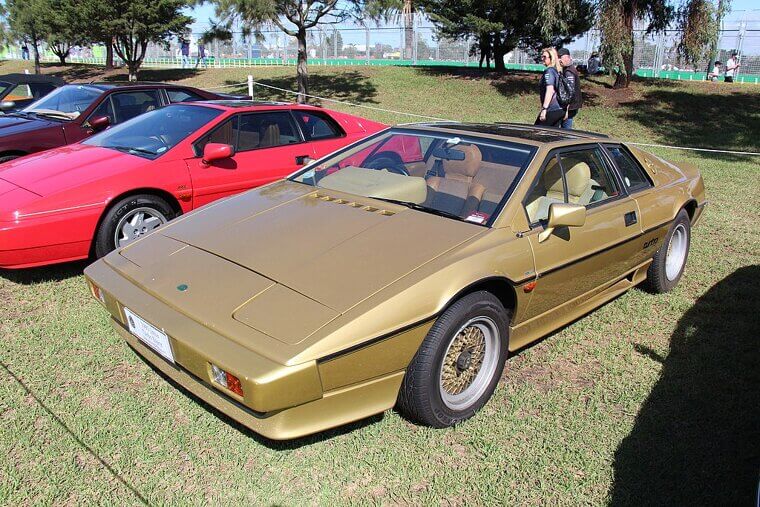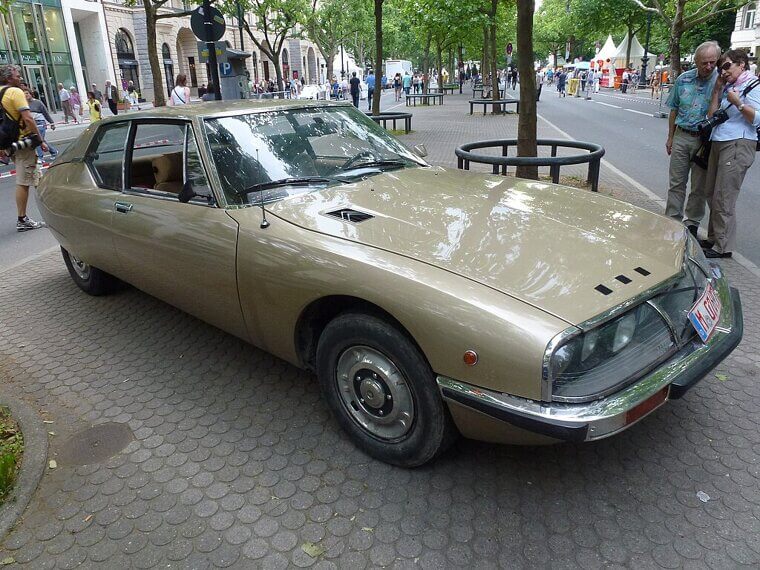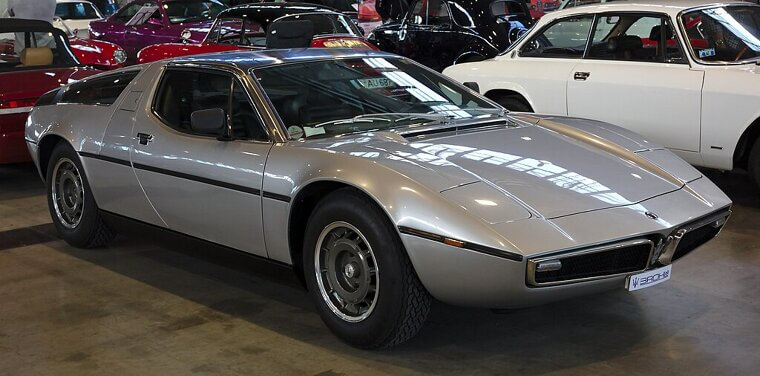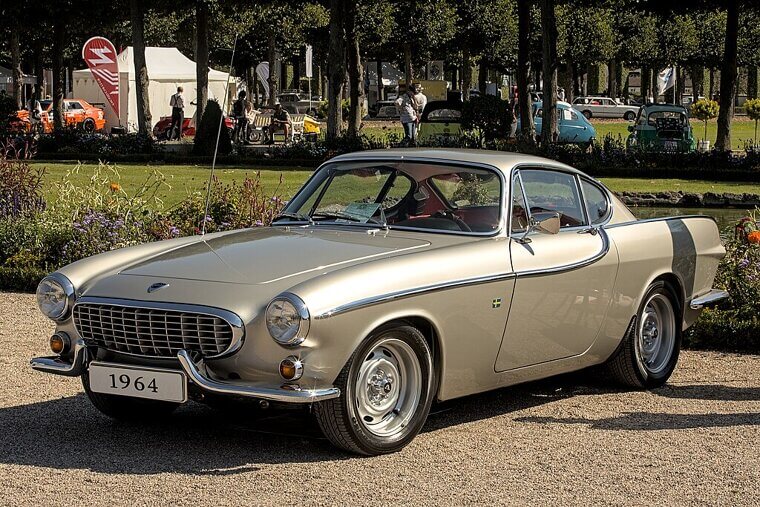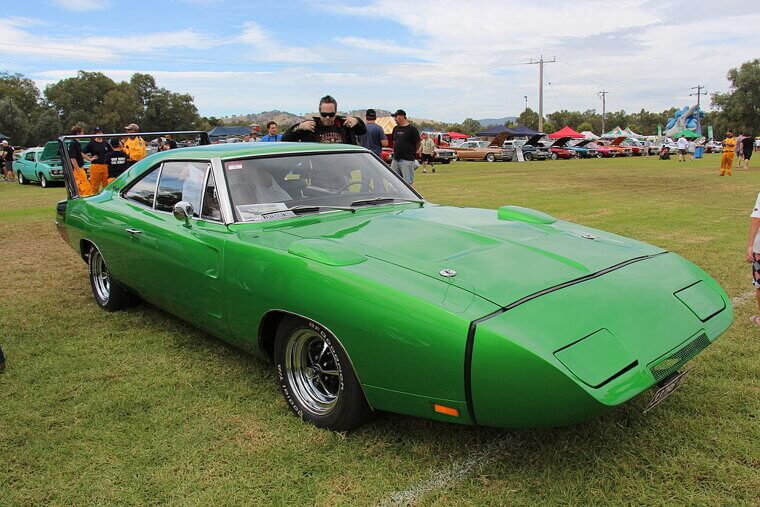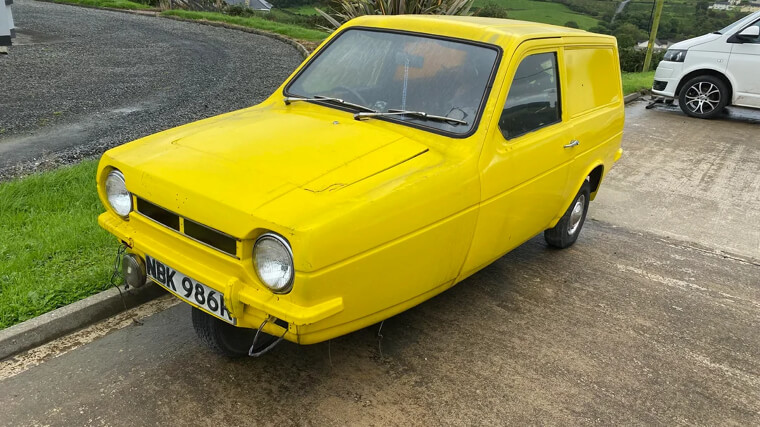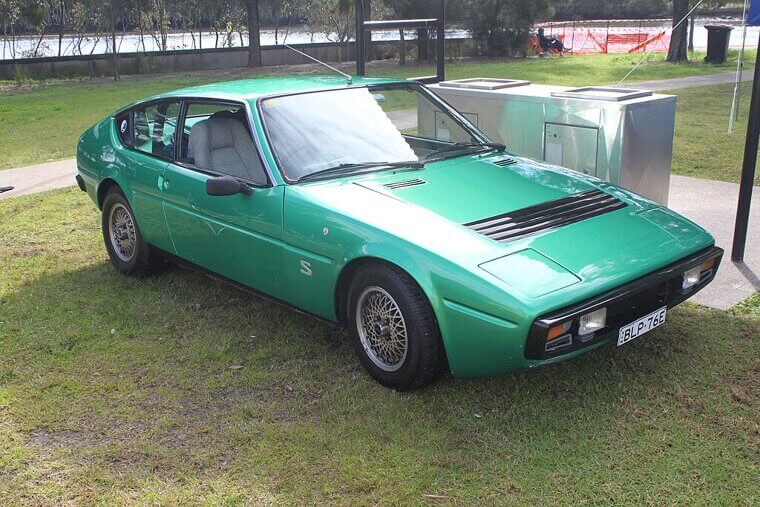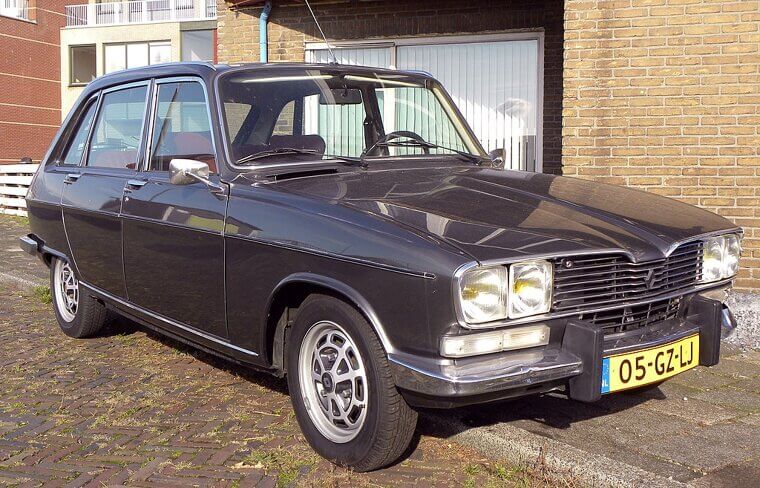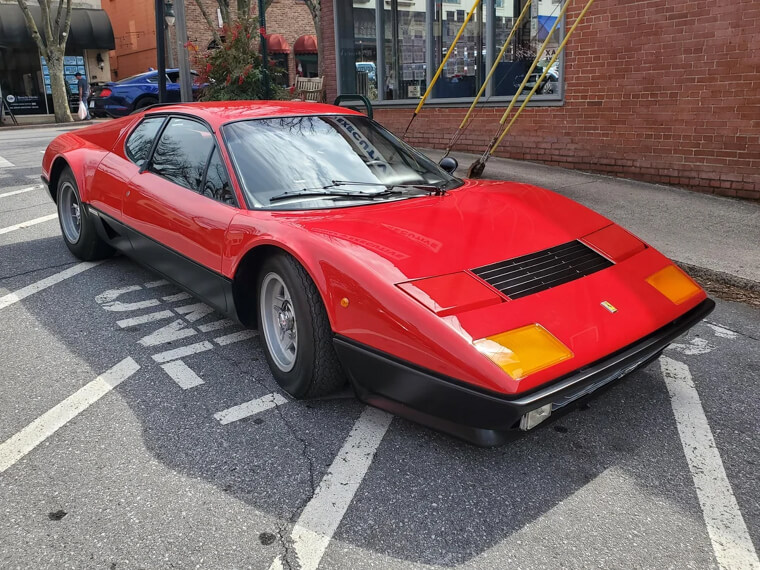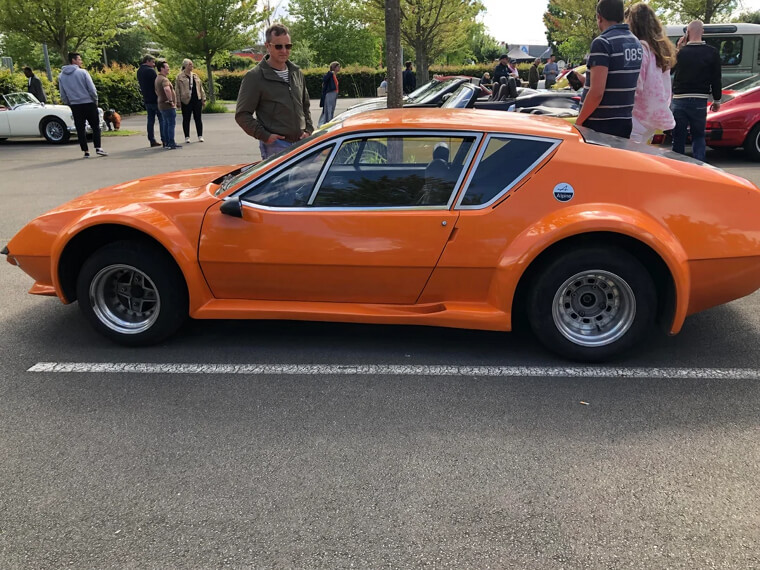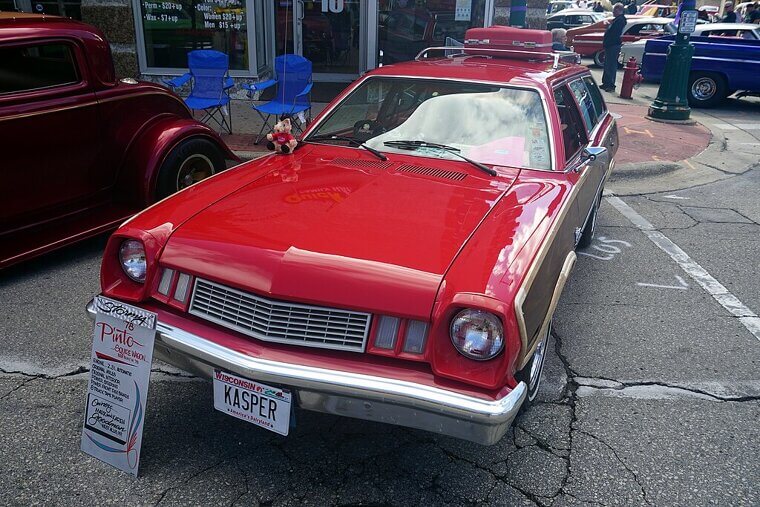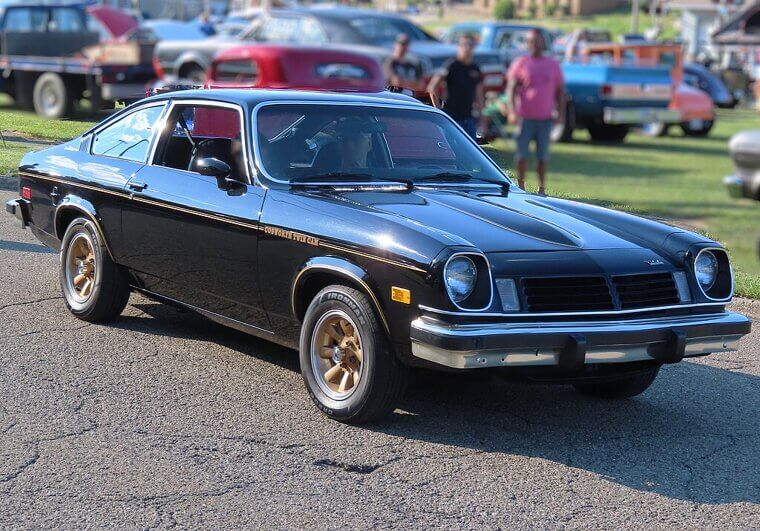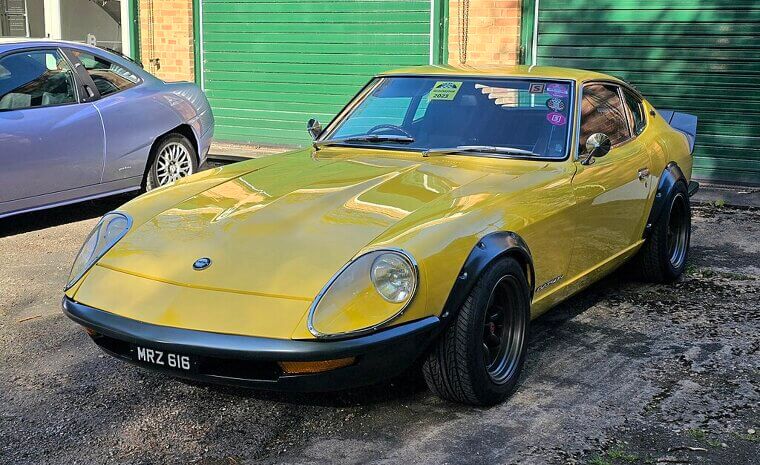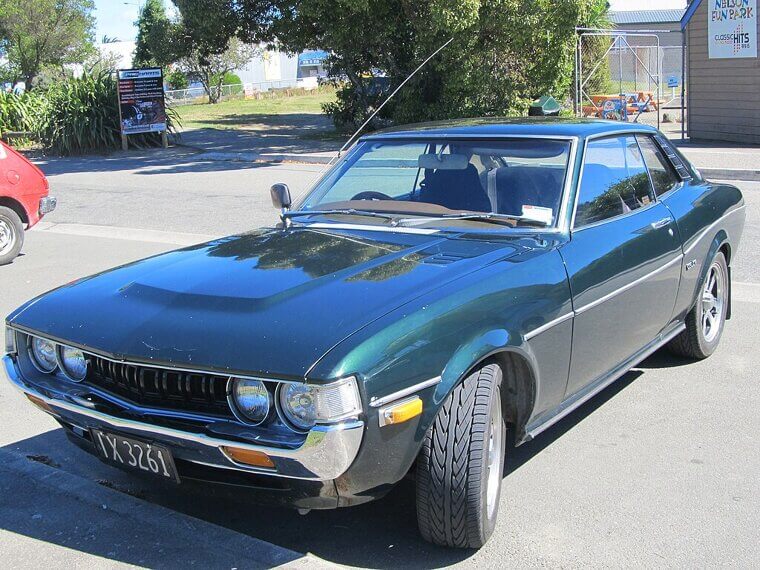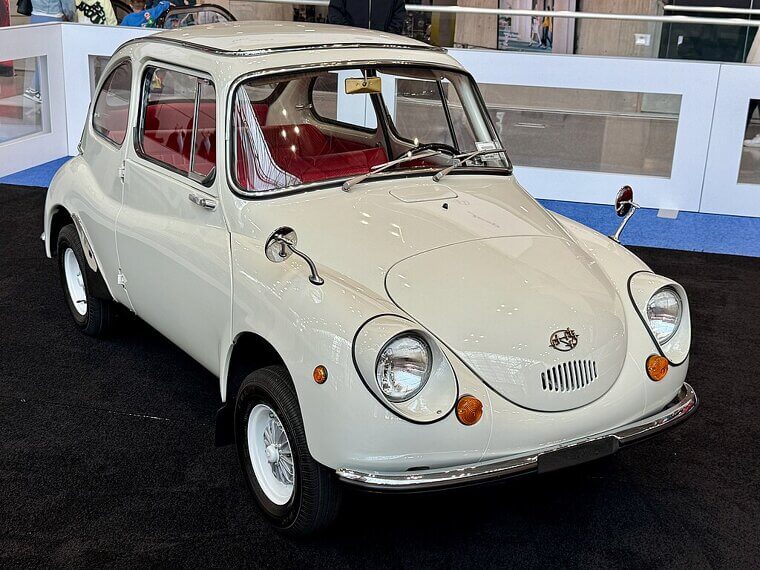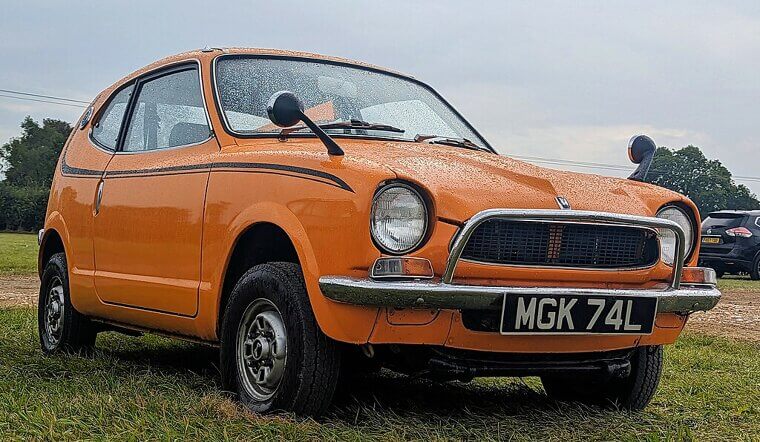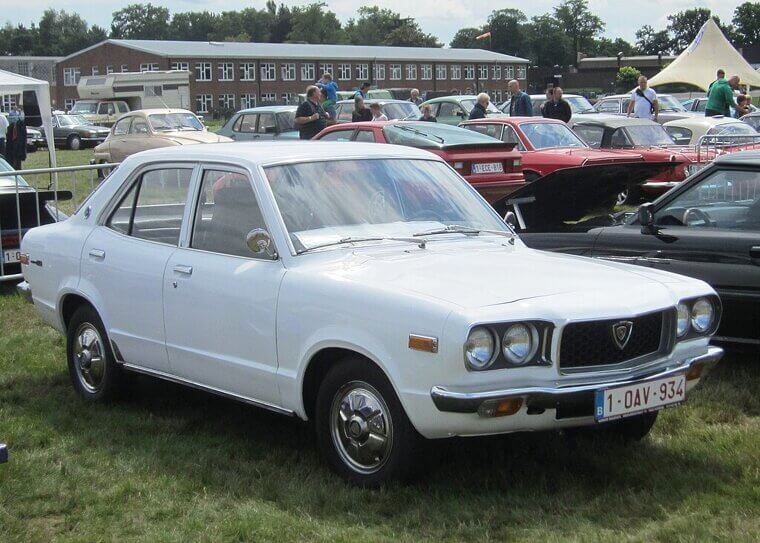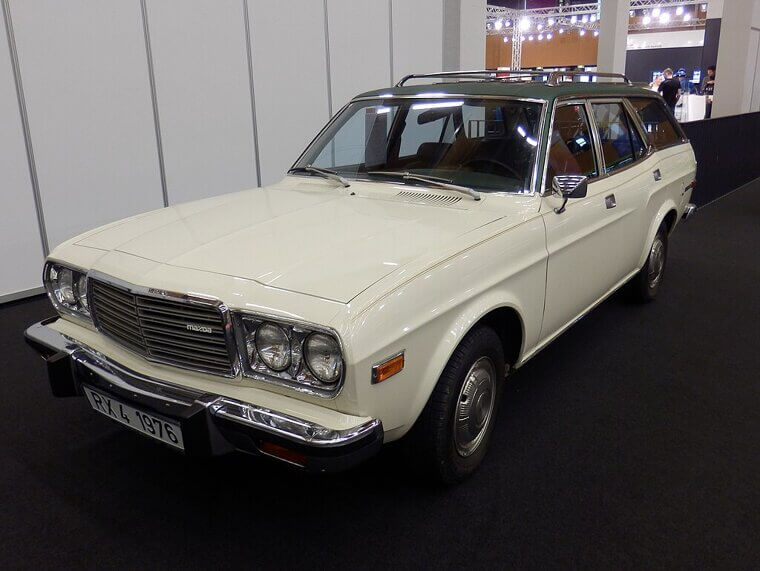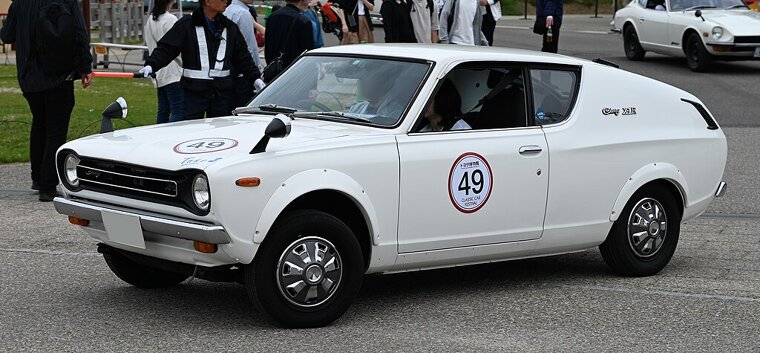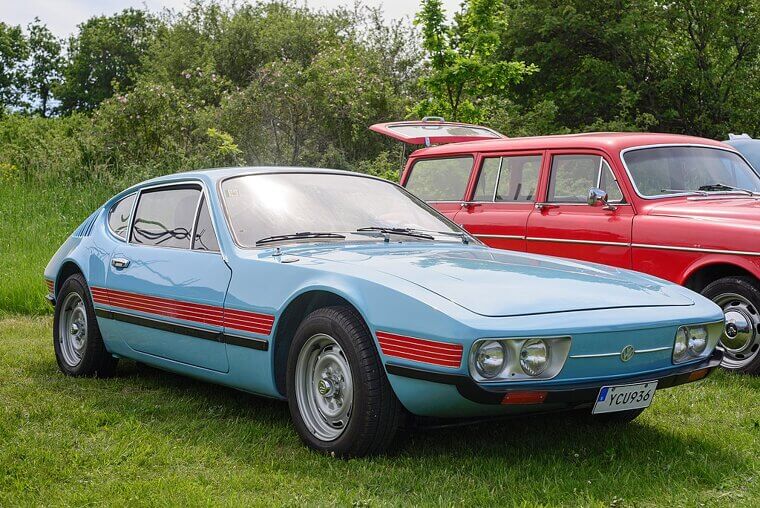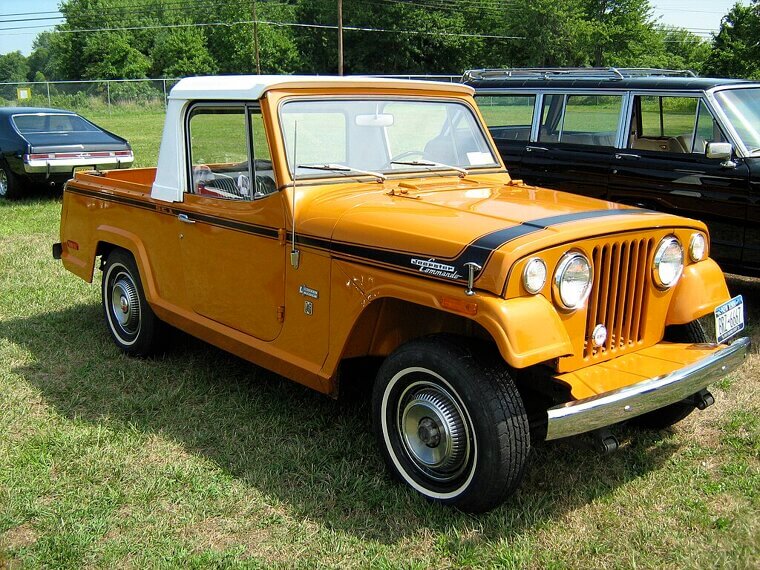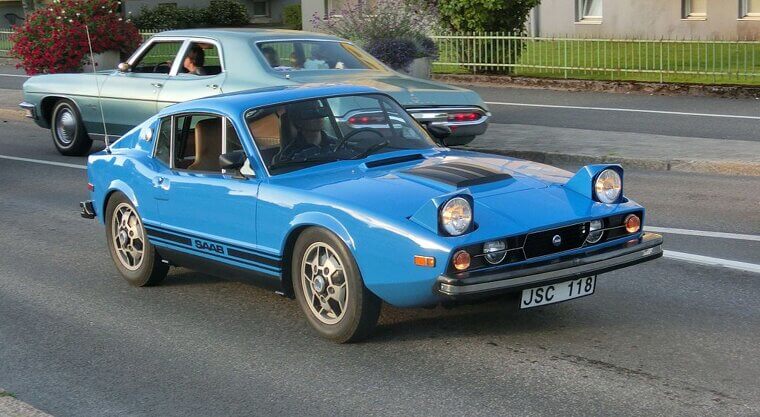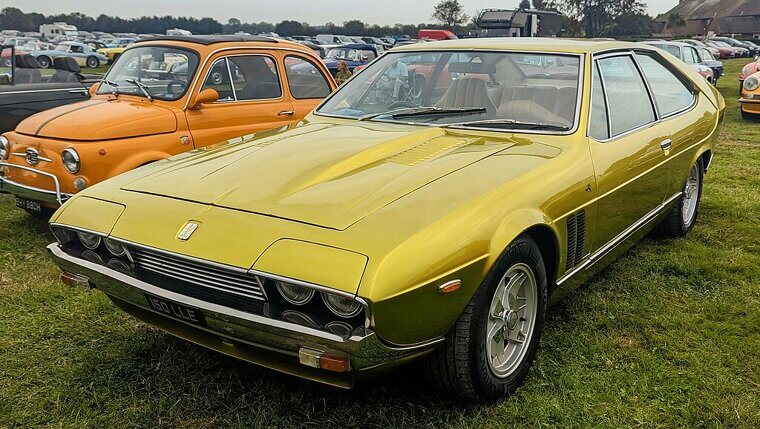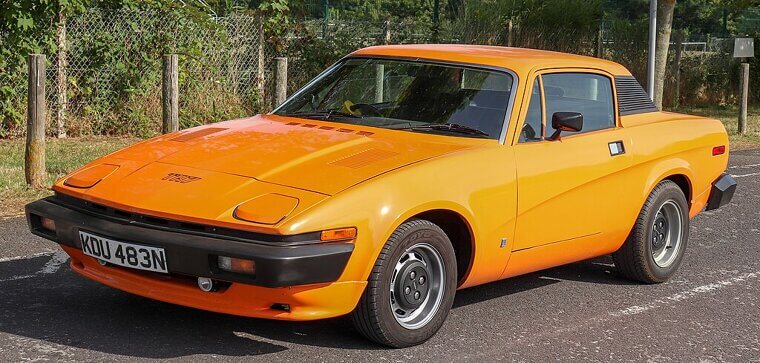From Mocked to Iconic: 1970s Cars With Unusual Designs
The 1970s was a wild decade for automotive design. Car companies experimented with designs that looked straight out of a sci-fi film. While some were mocked at launch, many became cult icons. These weird-looking rides still capture our imaginations (and our hearts) decades later.
AMC Gremlin
The AMC Gremlin was essentially a Hornet with its rear hacked off, leaving a stubby hatchback with polarizing looks. Despite ridicule, the Gremlin became a quirky cult classic, loved for its unapologetically odd proportions, affordable price, and surprisingly roomy interior. Today, collectors admire its “so-ugly-it’s-cool” charm.
AMC Pacer
Nicknamed the “flying fishbowl,” the AMC Pacer featured enormous windows and a wide, squat stance. Its futuristic appearance and asymmetrical doors turned heads everywhere, though initially to draw mockery. The Pacer has since become a beloved oddball - one even starred in “Wayne’s World.”
Bricklin SV-1
The Bricklin SV-1 was a Canadian-built “safety sports car” with bold gullwing doors and acrylic body panels. It promised cutting-edge innovation but suffered from poor reliability and heavy weight. Its daring design and rarity make it unforgettable; today, enthusiasts celebrate it as a bold, ahead-of-its-time misfire.
De Tomaso Pantera
The De Tomaso Pantera fused exotic Italian wedge styling with American V8 muscle from Ford. Its low, aggressive lines and sharp edges embodied 1970s supercar excess. Though criticized for handling quirks, its looks alone won fans instantly (and still do in the present day).
Chevrolet Corvette C3
The third-generation Corvette embraced radical “coke-bottle” curves, with a long, pointed nose and dramatic rear hips.A defining car of the 70s, it symbolized American automotive drama at its boldest, and despite mixed reviews (critics saw it as cartoonish), its design remains iconic.
Lotus Esprit Series 1
The Lotus Esprit’s crisp wedge shape, penned by Giorgetto Giugiaro, was stunningly alien compared to curvier rivals. While tricky to drive, it cemented itself in history in “The Spy Who Loved Me.” Its sci-fi presence ensures eternal cult adoration today.
Citroën SM
The Citroën SM was a French grand tourer blending elegance with eccentricity. Its aerodynamic, teardrop body featured covered rear wheels and futuristic details. Inside, advanced hydraulics and Maserati V6 power made it technically fascinating. Though expensive and complex, its otherworldly styling and innovation drew admirers.
Citroën Méhari
With a lightweight plastic body, flat panels, and open-air simplicity, the Méhari looked less like a car and more like a cheerful toy beach buggy. Designed for fun and utility rather than elegance, its strange appearance is adored for its carefree spirit and quirky design.
Fiat X1/9
Designed by Bertone, the Fiat X1/9 looked futuristic yet approachable. While not particularly fast, it was agile and entertaining, winning over drivers. Its compact oddball styling gave it character, ensuring it remains a beloved icon of 1970s weirdness.
Maserati Bora
The Maserati Bora was a Giugiaro-designed wedge with pop-up headlights, a flat silhouette, and a luxurious yet futuristic interior. Its blend of Italian style and raw V8 power made it stunningly weird yet irresistible. Unlike many exotics, it offered comfort with speed.
Volvo 1800ES
Nicknamed the “Snow White’s Coffin,” the Volvo 1800ES featured a vast glass tailgate that resembled a display case. This shooting-brake design was unusual but practical, offering wagon utility in a stylish package. Though short-lived, it remains an enduring cult classic.
Dodge Charger Daytona
The Daytona’s instantly recognizable needle-like nosecone and towering rear wing was built to dominate NASCAR. Street versions shocked onlookers, yet the Daytona’s weirdness became its strength, cementing it as a coveted collectible. Today, its unapologetic design perfectly captures the era’s wild experimentation.
Plymouth Superbird
Closely related to the Daytona, the Plymouth Superbird was equally outrageous with its gigantic wing and elongated nose. Designed for NASCAR, it was unforgettable (but overkill on the street). While mocked in its day, enthusiasts now treasure its daring looks.
Reliant Robin
The now-famous Reliant Robin’s three-wheel setup instantly made it an oddball, looking more like a stretched scooter than a car. While infamous for tipping over, it was surprisingly practical for British motorists. Over time, its quirky appearance earned cult affection, particularly through comedy skits.
Reliant Scimitar GTE
The Scimitar GTE was unusual for its time: a fiberglass-bodied shooting brake with sporty flair. Its long, glassy rear and wagon-like practicality set it apart. While never mainstream, it gained a surprising following, notably with Princess Anne as a devoted fan.
Matra-Simca Bagheera
The Bagheera broke conventions with its three-abreast seating arrangement and sleek, angular body. This French sports car wasn’t particularly powerful, but its design was strikingly futuristic. Despite rust issues, the Bagheera’s playful weirdness and daring concept ensured it earned a place in car history.
Matra Rancho
The Matra Rancho looked like a child’s drawing of an SUV, with its plastic cladding, roof racks, and boxy stance. Designed as an affordable adventure vehicle, it wasn’t off-road capable but looked the part. Its faux-tough appearance was odd yet appealing.
Renault 16 TX
The Renault 16 TX blurred lines between sedan and hatchback, sporting an unusual profile with a sloping rear and quirky proportions. It was wildly practical, offering versatility ahead of its time. While unconventional in looks, it won design awards and cult admiration.
Ferrari 512 BB
The Ferrari 512 BB (Berlinetta Boxer) shocked the world with its flat, wedge-shaped body and mid-mounted V12. Its radical departure from traditional Ferrari curves made it polarizing at launch, but it’s now celebrated as a bold, unmistakably 1970s exotic, blending innovation with pure Italian flair.
Renault Alpine A310
The Alpine A310 looked like something from a futuristic comic book: sharp, low, and daringly angular. Its fiberglass body and striking profile divided opinions, yet it represented French performance flair. Initially overshadowed by rivals, the A310 has since gained cult appreciation.
Ford Pinto
The Ford Pinto became infamous for its safety controversies, but its quirky, compact design defined a certain era of American small cars. Its stubby profile and rounded edges were oddly endearing. Though criticized in its day, the Pinto remains a cult icon.
Chevrolet Vega
The Vega’s wedge-shaped hatchback and simple lines promised modernity but were plagued by reliability issues. Still, it captured ’70s styling trends with its clean, angular design. Collectors appreciate it for its nostalgia, affordability, and eccentric charm.
Datsun 240Z
The 240Z shocked American markets with Japanese reliability and Italian-inspired design. Its long nose, sloping roof, and sporty proportions made it stand out. While not bizarre in a cartoonish sense, its sleek, foreign styling was unusual for the era and it’s revered as a collectible icon.
Toyota Celica (first Gen)
The first-generation Celica’s compact coupe shape was sporty yet unusual for mainstream buyers in the early ’70s. Its slightly aggressive front end and angular roofline stood apart. Affordable and fun to drive, it gained a loyal following and today, the Celica remains a beloved oddball for enthusiasts of Japanese ’70s sports cars.
Subaru 360
Tiny, bug-eyed, and delightfully wobbly, the Subaru 360 earned the nickname “ladybug” for its playful looks. Microcar proportions were unusual in the U.S. market, and the 360’s charms make it a whimsical reminder of the quirky side of ’70s mobility.
Honda Z600
The Honda Z600 was an ultra-compact coupe with a tiny engine, oversized windows, and a playful design. Its proportions looked almost toy-like, yet it was fully functional. Loved by collectors today for its charm and rarity, the Z600 exemplifies the 1970s fascination with microcars.
Mazda RX-3
The RX-3’s sporty silhouette was unusual for a Japanese compact, making it look exotic on the street. Enthusiasts appreciate it for performance and styling, but its unconventional engine and proportions set it apart from mainstream cars. Now it’s beloved among quirky ’70s sports car collectors.
Mazda RX-4 Wagon
The RX-4 Wagon paired rotary engine excitement with family-hauling practicality. Its unusual elongated profile and slightly futuristic design made it look odd yet distinctive. Collectors today value its rarity and strange charm. Few wagons offered sporty looks and performance like this.
Nissan Cherry Coupe
The Cherry Coupe’s sharp angles and compact fastback profile made it stand out. Small, light, and slightly awkward, it was a practical sport compact for city driving. Its quirky design has earned cult appreciation today, celebrated by collectors for its unique shape and as a reminder of Japan’s adventurous 1970s automotive experiments.
Volkswagen SP2 (Brazil)
Produced exclusively in Brazil, the SP2 was a wedge-shaped sports car with striking curves and European flair. Rare and visually alien in its home market, it drew eyes wherever it appeared. Its combination of exotic looks and local engineering mishaps makes it an oddity collectors love. Today, the SP2 is a Brazilian ’70s design treasure.
Volkswagen Thing (Type 181)
The Type 181, or “Thing,” was a utilitarian military-derived vehicle that looked like a rolling box. Its quirky doors, removable roof, and squared-off body made it unique. Popular in the U.S. for summer fun, its absurd proportions and playful personality have earned it lasting affection among collectors.
Jeepster Commando
The Jeepster Commando blended SUV ruggedness with compact, slightly awkward styling. Its short wheelbase, round headlights, and squared body were unusual for the time. Though functional, it looked quirky, almost like a toy Jeep. It’s admired as a charming, offbeat classic that represents 1970s experimentation.
Saab Sonett III
The Saab Sonett III was a wedge-shaped Swedish coupe with pop-up headlights and unusual aerodynamic lines. Its compact, angular design made it stand out, while the small engine added to its quirky personality. Collectors today value it for its Scandinavian oddball charm and its bold attempt to combine sporty performance with Swedish engineering sensibility.
Iso Lele
The Italian Iso Lele combined sharp, blocky styling with American V8 power. Its angular lines, unusual proportions, and distinctive front end made it visually bizarre yet compelling. Though rare and often overlooked, the Lele is appreciated for its daring design, representing a unique fusion of Italian flair and bold ’70s automotive experimentation.
Triumph TR7
The Triumph TR7 embraced angular wedge styling that screamed futurism in the 1970s. Its radical lines divided audiences instantly. Reliability issues plagued it, yet the car’s looks were unforgettable. It’s remembered as proof that design daring sometimes matters more than engineering perfection.

